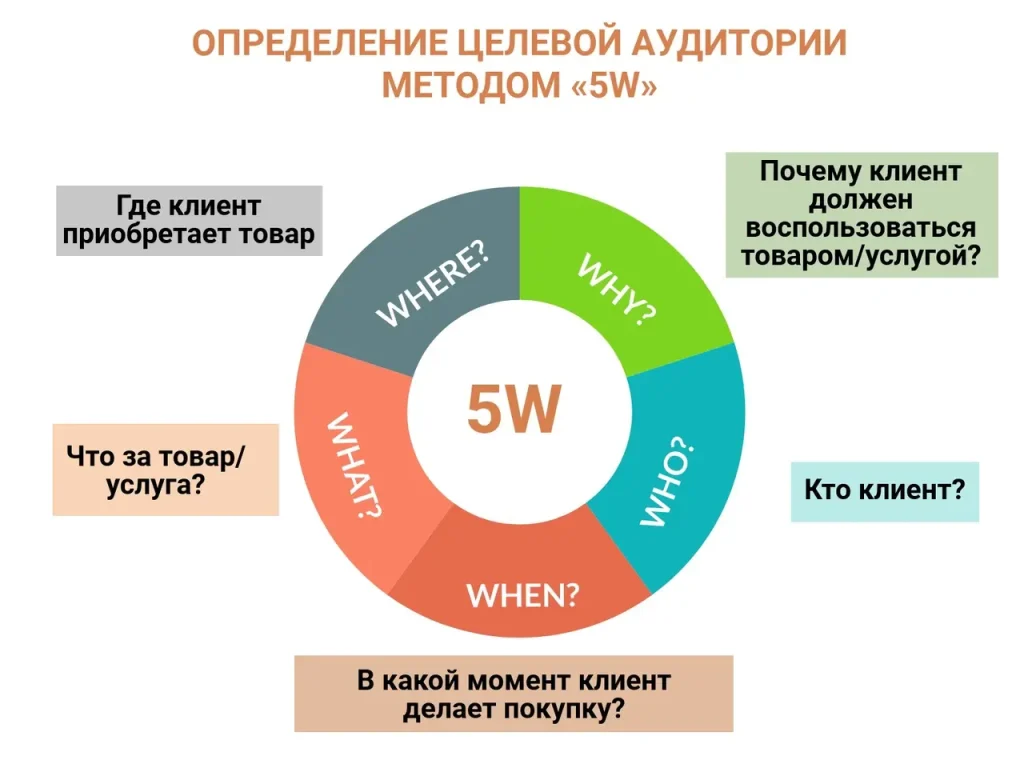The idea is the basis of business. Every business started with it and turned into something more: be it the creation of a product, a company, a startup.
Today, startup projects are popular because of their innovative ideas. Startupers turn a hobby into a life's work. Is it talent? Not only. First of all, it is hard work, self-development, self-organization. So what is so attractive about a startup? Find out in this article.
What is a startup and how is it different from an existing business?
A startup is a project idea that needs funding. Startups are not established projects that are known to the whole world. On the contrary, they are unique, unusual commercial ideas.
Unlike a working business, a startup is not a ready-made business model, where every action has been worked out. The business plan of such projects does not often take off. However, it can take off after some time, if an investor is found.
Here are some of the characteristics of a startup project:
- Uniqueness of the project, project ideas and implementation methods;
- Attracting investment is a necessity;
- Short launch times.
How to choose the right direction
Not every new business owner successfully “takes off”. It is important to understand that a well-thought-out plan does not guarantee the success of the project. An idea or desire is not enough. Of course, a great desire and an interesting idea are a big plus. However, it is more about talent, hard work, interest, and understanding what you will be paid for.
To begin with, it’s worth asking yourself some banal questions:
- What will I do?
- What activities will I carry out?
- What problem do I want to solve?
- What market am I going to enter?
- How and what product will solve problems for the selected audience?
- Financial part: how much money does your business model require?
When asking such questions, answer honestly. Write notes, describe details. They will help you get closer to the ideal.

What is the essence of a startup?
The essence of a startup is that over time the business model becomes viable for the long term.
At first, a startup does not pay for itself completely. The working model at the start may reach the break-even point. After some time, it will start to generate income, grow, and turn into a large business.
Startups attract investors. It is difficult to take the first steps without an investor. An innovative idea, attracting investors, and a short implementation time are the main differences between a startup and a business.
How to choose the target audience and market for a project?
It is important to understand the problems of customers, then offer your solution. How to do it? The answer is in the palm of your hand: conduct a focus group survey. To do this, choose a place (a cafe, coworking or another crowded place) or a method of communication (surveys in messengers, social networks, e-mail newsletters). Questions for the survey are compiled in advance. It is better to leave questions open-ended so that people answer in detail. An important point: do not involve relatives - the likelihood of biased answers may increase, which will lead to incorrect results.
Questions that are easier to start with:
- What is your main problem?
- What helps with its solution?
- What other solutions to the problem can you name?
Расширяйте список вопросов. Анкетирование проводится до запуска. Выявление потребности позволит быстрее определить «боли», найти решение проблемы для клиента. Таким образом, появляется цель для startup.
Why is this important? Launching or idea of a product requires research. Research allows you to find out how solvable the problem is, how it can be solved, what can be offered as a solution.
Before launching, the market size is also determined. To determine the market size, an analysis is conducted on the presence of competitors in the selected direction or segment: how many of them, what prices, services, goods they offer. Such an analysis will help to understand how unique and viable your product is. It is worth noting that viability is a key factor in both the success and further development of a commercial project.
Для подсчета объема рынка необязательно брать точные цифры (приблизительные тоже подойдут). Также учитывается объем пользователей (покупателей). Например, в выбранном регионе вы собираетесь открыть интернет-магазин уникальных ювелирных украшений ручной работы из серебра. Основная аудитория – женщины 18 — 40 лет. Допустим, в выбранном регионе проживает примерно 200 тысяч девушек и женщин данного возраста. Двести тысяч потенциальных покупателей. Активными из этого числа, скорее всего, станут 50% от общего количества, а может 25%. На данном этапе учитывается множество факторов: не умеют пользоваться интернетом, любят ходить по магазинам и так далее. Остается то количество, готовое сотрудничать. Понимание примерного количества клиентов позволит посчитать приблизительную прибыль. Поэтому, создание опросов помогает выделить не только направление для развития, но и описать своего будущего клиента, его потребности, сколько можно прибыли получить.
Target audience analysis
Первым делом составляется портрет потребителя: возраст, регион, интересы, хобби, увлечения, средний заработок, какие места посещает, какие потребности — все, что характеризует целевую группу. Портрет потребителя позволяет лучше понять потенциального клиента, ценообразование, формат и стиль продукта, а главное, как позиционироваться на рынке.

Market Analysis: Competitors, SWOT Analysis
Market analysis is carried out to study competitors. Earlier we wrote about the market size. This factor is taken into account to understand the share of presence on it.
The market may be saturated with competitors who do not offer innovations. Perhaps there are no competitors on the market, which will allow you to become a pioneer, to occupy your niche. However, for a better understanding of the strengths and weaknesses of both your company and competitors, it is possible to carry out SWOT analysis.
SWOT–анализ – исследование сильных и слабых сторон организации. Не имеет значение, кому принадлежит компания. Данный метод — комплексная работа. Учитываются такие факторы:
- Strengths (S) – strengths. This includes key advantages, such as market share, increased sales due to various events, good service (fast delivery, maintenance, polite communication), work schedule;
- Weaknesses (W) – слабые стороны. Недостатки организации, например, плохое обслуживание, нарушение сроков доставки, слабый маркетинг — то, что не дает развиваться;
- Opportunities (P) – возможности. Поле для развития. Например, обучение персонала, реализация маркетинговых предложений больше, чем обычно, новые поставщики или логистические партнеры — то, что позволяет организации расширяться, развиваться, расти;
- Treats (T) – threats related to external factors that you cannot influence. Such threats include natural disasters, changes in legislation, and other similar situations.
SWOT analysis expands the boundaries of the visible. Until you start analyzing, you will not notice omissions, shortcomings. After the analysis, the understanding of the direction of movement becomes clearer. A picture is formed: what to do, how to act, how to behave in the market.

Team
Of course, people are the main resource of the company. No people – no ideas, no progress. The team builds the future of the company. It is important to gather like-minded people, develop them, develop ourselves in order to move forward. Many startups started small. They were united by a common goal. A successful start of a startup is a small part. It is important to stay afloat for a long time. Then the organization will begin to expand, the team will be replenished with new people.
Don't forget about working conditions. Every employee needs a comfortable place to be listened to, to be given a helping hand, to be motivated (in monetary terms too). Employees are like family.
MVP. How to define a minimum set of functions?
MVP (Minimum Viable Product) – a minimum viable product – a product that has a minimum set of functions to meet the needs of the client. A kind of large-scale test version. MVP is refined over time based on the needs of the client. The minimum solution is already ready, you can move on. And if there is no minimum solution yet, then you need to determine the minimum set of functions.
When we talk about a minimum set of functions, we are not talking about minimalism. Simplicity should be useful, satisfy the client's needs. To do this, you can adhere to:
- Проверка гипотезы. Гипотеза — начальное действие. Она требует проверки, затем анализа результатов. Гипотез может быть множество. Выделите несколько основных. Проверьте на фокус-группе, задавая прямые открытые вопросы. Например, чтобы они улучшили в вашем продукте, какую проблему ваш продукт может решить и так далее;
- Potential buyers. Identify potential customers from a large number of people surveyed. These are people interested in the product. Enter their data into the database so that you can later contact them and make an offer;
- Visual. Visual perception has a great influence. It is important to make a beautiful visual form to be remembered;
- Testing. Make a good offer to users to evaluate the product. They will add the necessary features for the client;
- Refinements and demand. Demand creates supply; the price is formed. Having refined the product, test demand and price. Find the golden mean for which the consumer will be ready to pay n-th amount.
Forecasting
The forecasting stage is complex and labor-intensive. At this stage, the development potential and scalability of the business are assessed. If the business does not scale, it will most likely quickly go down the drain. Forecasting allows you to foresee various scenarios.
Profit forecasting is the first thing that requires calculation. The economy of the enterprise is calculated taking into account costs, identifying profits that allow growth.
Profit forecasting is the basis of a business plan for a startup.

Conclusion
Launching a startup is not an easy task. The market is saturated with an abundance of services and goods. However, the world does not stand still. Development leads to innovative ideas for solving problems. Therefore, it is necessary to develop and think through a plan for a startup carefully. There must be a working business model designed for the long term. At the same time, the business model must be attractive to the investor so that he will invest financially in it.







